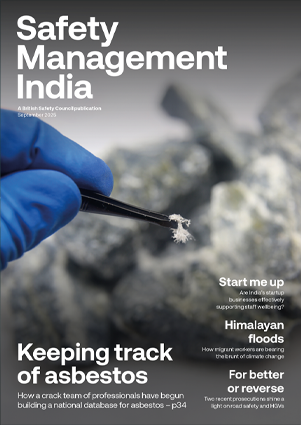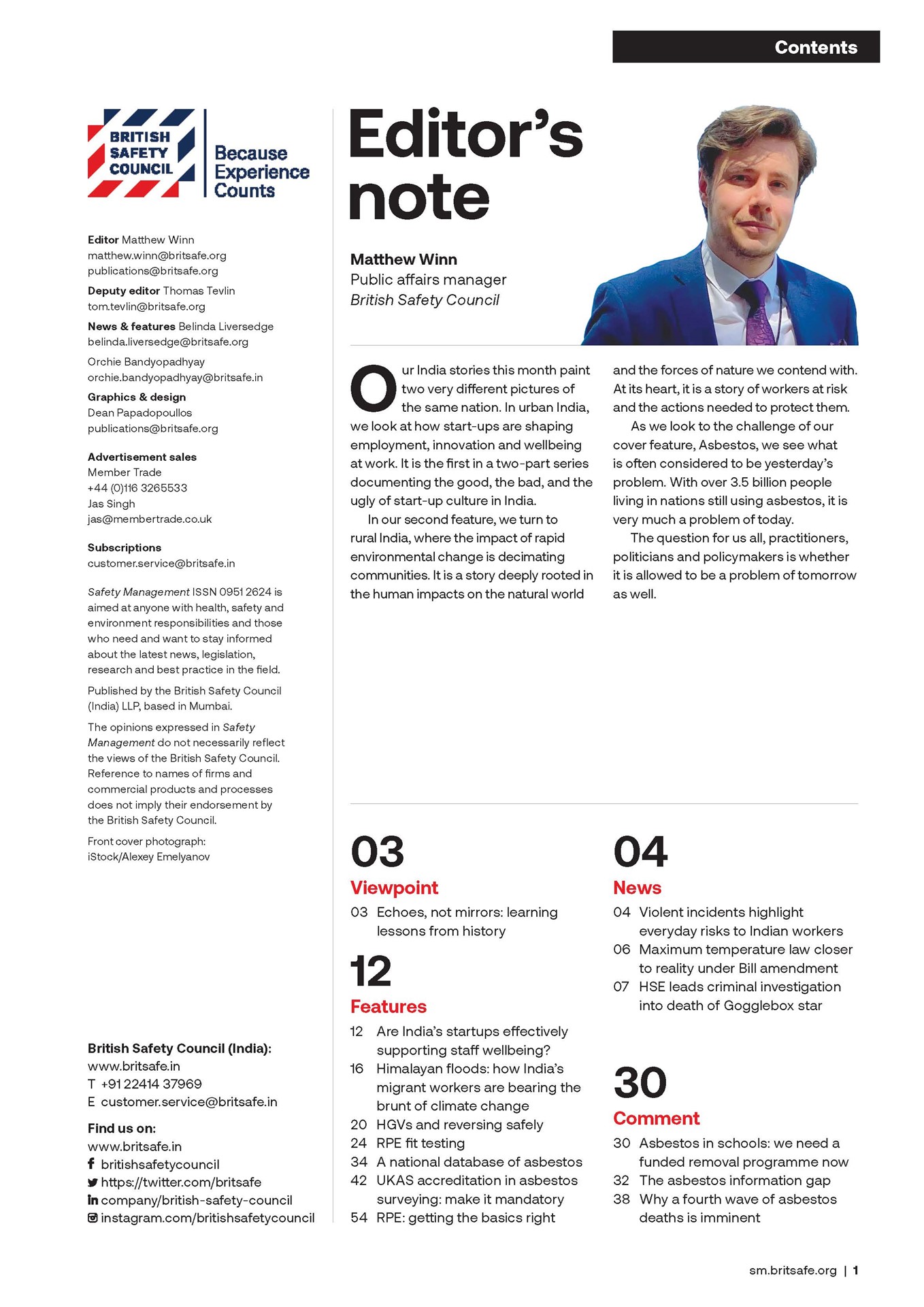In recent months, political leaders around the world have rallied behind an all too familiar battle cry: seeking to slash “red tape” and unlock promised profits, productivity, and potential. This pledge for regulatory reduction perpetuates a dangerous and false dichotomy - that safety regulations and economic prosperity exist only in opposition to one another. In reality, nothing could be further from the truth.
Opinion
A false dichotomy: safety regulation vs. economic prosperity
The long arc of human history has consistently shown that no one wins when economic growth is pitted against safety regulation. Workers who suffer injuries due to driven-down standards don’t win. Neither do those who lose family members, colleagues, or friends to entirely preventable workplace incidents. Even from a purely economic perspective, society loses active members of the national workforce when we pursue a race to the bottom on work-related safety standards.
Our political leaders must, therefore, ask themselves whether a regulatory bonfire, at a time defined by rapid change, is the foundation upon which they wish to build the economies of the future. We know that the thriving economies, fifty or a hundred years from now, will be those that have recognised the inextricable link that exists between the health, safety, and wellbeing of the workforce and increases in performance, productivity and prosperity.
 Mike Robinson: "The path forward is not about choosing between regulation and growth: it’s about an intelligent integration of both."
Mike Robinson: "The path forward is not about choosing between regulation and growth: it’s about an intelligent integration of both."
We don’t have to look far to see the success stories of safety regulation or the unregulated landscape that preceded them. In the UK, the regulatory regime established by the Health and Safety at Work Act (1974) has reduced workplace injuries and fatalities by almost 80 per cent. In the five decades since its implementation, workplaces have become demonstrably safer and healthier, with fewer workers injured or killed decade on decade. While there is still much progress to be made, the success of our regulatory regime is objective.
We need only ask ourselves why regulations were needed. The Industrial Revolution, for all it gave the world, brought with it unprecedented forms of danger for those who powered it. Children worked in hazardous conditions, miners died of preventable diseases, and factory workers suffered catastrophic injuries with alarming frequency. It was not goodwill that changed this, but clear regulations providing much-needed protection.
Should we choose to embrace the regulatory opportunities of the future, which will provide a framework for advancement in new technologies and working styles, we can create a world in which no worker is injured or dies at work. Not idealism, not utopian, but a reality: a world in which every worker can thrive.
To do this, we need to underpin new technological developments with a strong regulatory regime that captures the best technology has to offer, while limiting its many excesses.
Take the theme of this month’s Safety Management magazine, working at height. We know employers are already utilising new and developing technologies to reduce human risks in this area.
From aerial surveillance drones to glass cleaning robots, technology offers us the ability to end the single largest cause of workplace fatalities: falling from a height. Yet, these clear benefits must sit within a regulatory framework that controls who operates new technologies and how they can be used. We can all imagine what an unregulated space might look like and the carnage it could create were the sky to be filled with drones piloted by people who don’t know how to use them.
The narrative that regulations inherently impede economic growth fails to recognise how well-designed standards can drive innovation and unlock a sustainable economy that allows people to grow alongside prosperity.
The path forward is not, therefore, about choosing between regulation and growth: it’s about an intelligent integration of both. As policymakers around the world navigate this landscape, they must reject simplistic either/or thinking and embrace approaches that recognise safety and prosperity as complementary and not competing priorities. While the economy depends on it, so too does our workforce, our most important asset.
Mike Robinson FCA is Chief executive of the British Safety Council



